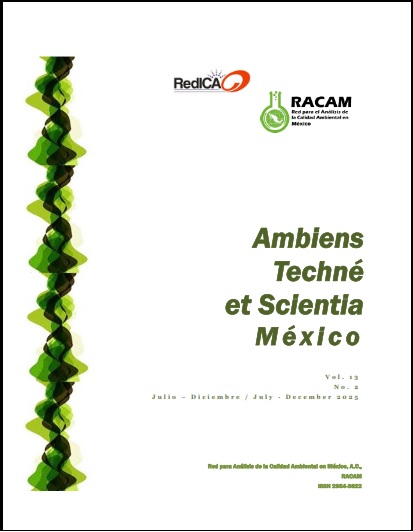Wetlands: Three proposals aimed at mitigating anthropogenic damage
Keywords:
Natural wetland, artificial wetland, treatment, pollutantsAbstract
Recent advances in water treatment systems, both constructed and natural, have focused on improving the efficiency and effectiveness of wastewater treatment. Key areas include design improvements, hybrid systems, combination with other technologies, microorganism-assisted removal, and the integration of sustainable practices. An interesting option from a sustainability perspective is the use of anaerobic reactors as water treatment systems, followed by a constructed wetland. Now, what is a constructed wetland? It's a system that simulates what occurs in a natural wetland but can be controlled and operated according to what is desired within it. The classic wetland system is horizontal subsurface flow, since in countries like Mexico, surface treatment wetlands are undesirable due to the potential presence of mosquitoes. In the case of constructed wetlands, they are a new strategy to improve the efficiency of bioremediation processes, since these systems include bioaugmentation. Bioaugmentation is the addition of highly concentrated and specialized microbial populations, either single strains or consortia, to a given contaminated site. The most commonly used options for this strategy are the addition of pre-adapted pure bacterial strains, the addition of pre-adapted consortia, the introduction of genetically modified bacteria, and the incorporation of gene clusters relevant to the interaction with the contaminant through a vector. Bioaugmentation represents a more promising alternative for improving bioremediation efficiency, and the search for competent microorganisms for application at each contaminated site or component is one of the best current solutions for compliance with legislation regarding discharges of water and its byproducts, including water bodies in rivers, streams, canals, reservoirs, lakes, lagoons, Mexican maritime zones, green areas, infiltration areas, and karst soils.
Downloads
Downloads
Published
Issue
Section
License
Copyright (c) 2025 Ambiens Techné et Scientia México

This work is licensed under a Creative Commons Attribution-NonCommercial 4.0 International License.



